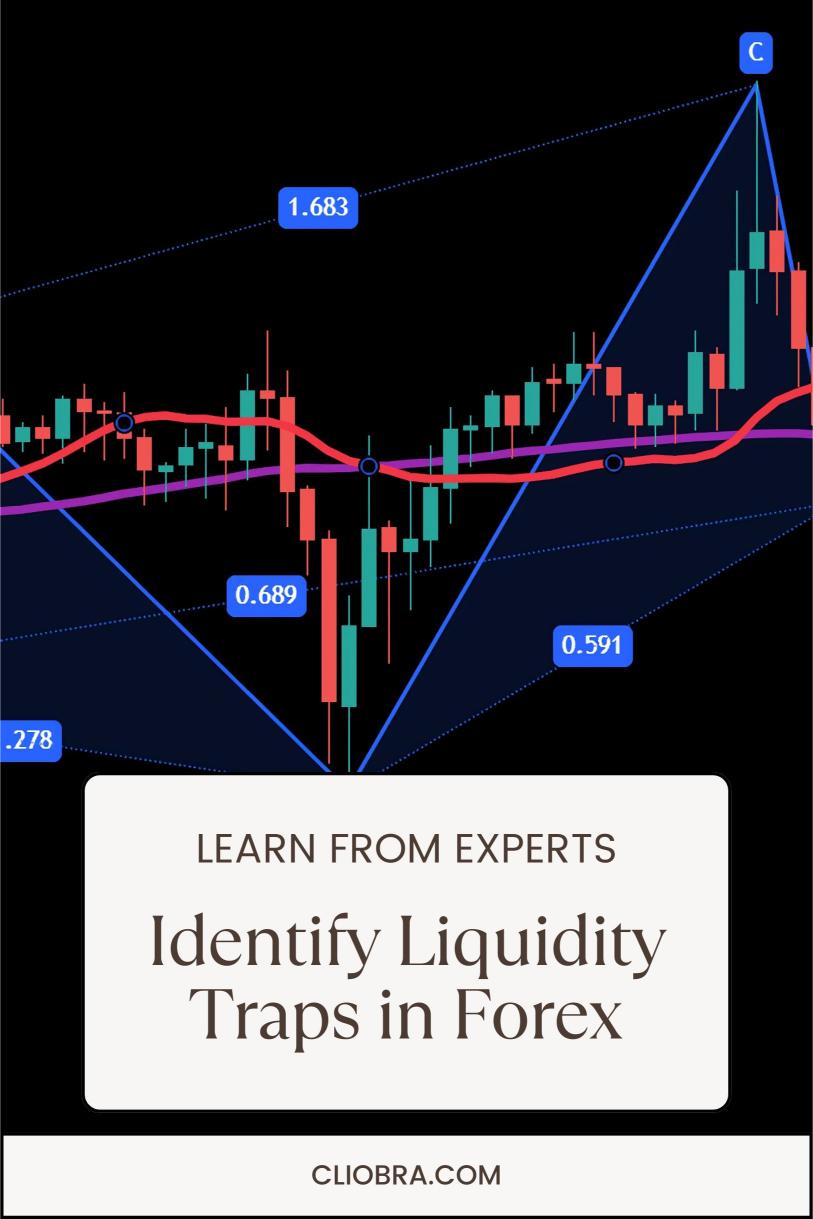Last Updated on February 5, 2025 by Arif Chowdhury
Have you ever felt like you’re just about to make a killer trade, only to find yourself stuck in a liquidity trap?
You’re not alone.
Many traders face this frustrating scenario, wondering why their analysis didn’t pan out.
As a seasoned Forex trader since 2015, I’ve been there too.
Let’s break down how to spot these traps and avoid them like the plague.
What Is a Liquidity Trap?
A liquidity trap happens when there’s a lack of trading activity in a market, causing prices to stagnate.
It’s like trying to swim through molasses.
You think you’re in a solid position, but the market just isn’t cooperating.
Here’s what you need to know:
- Low Trading Volume: When the volume drops, it leads to price stagnation.
- Wide Spreads: The difference between the bid and ask price increases.
- Market Sentiment: Traders may be hesitant to enter or exit positions.
How to Spot a Liquidity Trap
Identifying liquidity traps can save you from unnecessary losses. Here are some key indicators:
1. Watch the Volume 📉
Low trading volume is your first red flag.
If you see that the volume is significantly lower than average, it’s time to be cautious.
For instance, during major news events, trading volume often spikes.
If you notice the opposite, be wary.
2. Analyze Price Action 🔍
Price movements can tell you a lot.
If prices are moving sideways with little fluctuation, you might be in a liquidity trap.
Look for:
- Consolidation Patterns: Prices trading within a tight range.
- Lack of Momentum: No clear direction either way.
3. Check the Spread 📊
A widening spread is another telltale sign.
When liquidity dries up, spreads tend to increase.
This can eat into your profits or magnify your losses.
Keep an eye on the spread whenever you trade.
4. Market Sentiment Analysis 💭
Feeling the mood of the market can guide your decisions.
If traders are overly cautious or fearful, it may indicate a liquidity trap.
Use sentiment indicators and news analysis to gauge the overall mood.
Real-Life Example
Let me share a quick story.
I was once caught in a liquidity trap while trading GBP/USD.
The volume had dropped drastically during a holiday week.
I saw a potential setup, but the price just wouldn’t budge.
The spread widened, and before I knew it, my stop loss was triggered.
Lesson learned: Always monitor volume and sentiment.
Using Tools to Your Advantage
There are tools that can help you identify liquidity traps effectively.
Here are a few to consider:
- Volume Indicators: Tools like the Volume Oscillator can help you track changes in volume.
- Average True Range (ATR): This measures volatility and can indicate if a market is stagnant.
- Sentiment Analysis Tools: Platforms like Myfxbook offer insights into trader sentiment.
Why You Should Care
Understanding liquidity traps is crucial for long-term success.
Statistically, over 70% of retail traders fail within the first year.
Avoiding common pitfalls like liquidity traps can significantly improve your odds.
Leverage Technology for Success
As I mentioned earlier, my journey led to the development of 16 sophisticated trading bots.
These bots are strategically diversified across major currency pairs like EUR/USD, GBP/USD, USD/CHF, and USD/JPY.
- Each bot is designed to minimize correlated losses.
- They operate using H4 charts and aim for long-term gains of 200-350 pips.
This approach helps avoid the pitfalls of liquidity traps.
If you’re looking for a reliable trading partner, check out my trading bots portfolio.
Final Thoughts
Identifying liquidity traps is all about awareness and strategy.
By monitoring volume, price action, and sentiment, you can navigate the Forex market more effectively.
Don’t let liquidity traps catch you off guard.
And while you’re at it, ensure you’re trading with a reputable broker.
I highly recommend checking out the best Forex brokers I’ve tested.
Your trading journey deserves a solid foundation.
